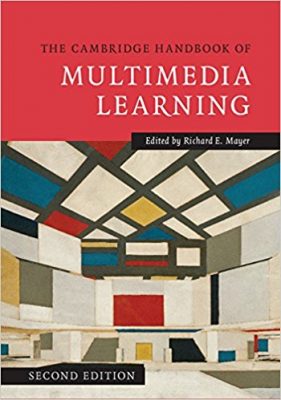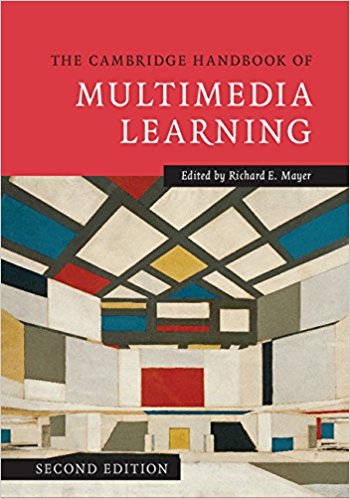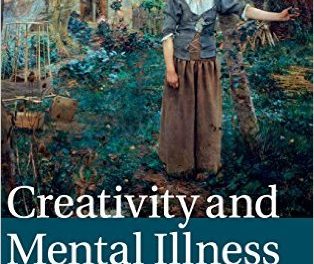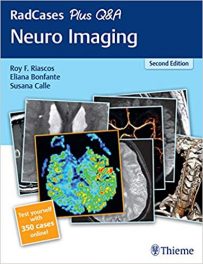 Editor: Richard E. Mayer
Editor: Richard E. Mayer
Publisher: Cambridge University Press – 930 pages
Book Review by: Sonu Chandiram
Multimedia learning is essentially, learning from words and pictures. Research has shown repeatedly that learning through words alone is not as effective as learning from combinations of images and words.
Multimedia learning takes various forms. Just to name a few of them in the field of education, they are: e-courses, interactive lessons, online presentations, simulation games, and slideshows.
The first edition of this book appeared in 2005. This second edition published in 2014 provides a comprehensive analysis of research and theory in multimedia learning.
The Cambridge Handbook of Multimedia Learning has become a major reference source and the most comprehensive work in this field, helping shape and define it, and become a coherent discipline. This book provides a solid base of research, theories (and their refinements), principles, and boundaries on what constitutes multimedia learning.
Fifty-two specialists in educational psychology research from various institutions of learning all over the United States and in eight other countries – Australia, Canada, France, Germany, the Netherlands, New South Wales, Switzerland, and the United Kingdom – wrote the 34 chapters in this massive book of over 900 pages. The content is organized into five Parts we name below to give you a broad overview.
- Introduction to Multimedia Learning
- Part I. Theoretical Foundations (chapters 2 to 5)
- Part II. Basic Principles of Multimedia Learning (chapters 6 to 14)
- Part III. Advanced Principles of Multimedia Learning (chapters 15 to 25)
- Part IV. Multimedia Learning of Cognitive Processes (chapters 26 to 28)
- Part V. Multimedia Learning in Advanced Computer-Based Contexts (chapters 29 to 34)
In introducing the contents of this vast book, the editor points out that each Part is based on a particular aspect of multimedia learning. Part I is focused on a particular theory, Part II on a basic principle, Part III on an advanced principle, Part IV on multimedia learning of cognitive processing, and Part V on multimedia learning within an advanced computer-based context.
This premier book on multimedia learning essentially explains and shows how people learn from words and pictures, essentially in computer-based environments. It establishes, based on scientific research studies and evidence, what works and what does not, helping professionals in multimedia learning save valuable time, effort and money.
The evidence-based approach of this book distinguishes it from others in the field and periphery, and provides it outstanding value that its users can benefit from. Its award-wining editor Richard E. Mayer, a professor of educational psychology, writes:
“Each chapter is based on empirical research and grounded in cognitive theory, rather than offering unsubstantiated recommendations, describing best practices, or summarizing software development accomplishments. The chapter authors are research leaders from around the world who have records of research publication in multimedia learning.”
Mayer ensured that this book become an outstanding one on multimedia learning by asking that the authors wrote chapters that were:
- Comprehensive
- Concise
- Educationally relevant
- Evidence-based
- Focused
- Free of jargon
- Readable
- Research-supported
- Theory-grounded
- Well-referenced
A review of some of the chapters show that they indeed have the qualities named above. Among the practical uses of this book are the following we name below. This book can help:
- Readers with practical interests in how to design and select multimedia environments that promote learning
- Students and teachers who have interests in conducting or evaluating research in multimedia learning
- Instructors to teach courses relating to cognitive science, educational psychology, human factors, instructional design, interface design, multimedia arts and technology, multimedia lessons in school settings, and professional training
- Corporate personnel in job training
- Anyone who wants to learn or teach applied cognitive design, computer game design, distance learning, e-learning, human-computer interaction, instructional technology, virtual learning environments, and Web-based learning
In sum, this comprehensive, voluminous work is indeed an outstanding and pioneering work on multimedia learning. It is much more than trail-blazing, to say the least. It is a solid accomplishment of the editor Richard E. Mayer and other authors of its useful content who are leaders in this new and exciting field. A job well done, indeed!
Editor:
Richard E. Mayer is Professor of Psychology at the University of California, Santa Barbara. He served as President of the Educational Psychology Division of the American Psychological Association (ABA) and a Vice President of the American Educational Research Association (AERA) for the Learning and Instruction Division.
He received the E.L. Thorndike Award for career achievement in educational psychology, the Sylvia Scribner Award for research contributions in learning and instruction, and the Distinguished Contributions of Applications to Psychology to Education and Training Award from the American Psychological Association.
He has authored more than 400 publications, including 25 books, such as Applying the Science of Learning, Multimedia Learning, Learning and Instruction, and e-Learning and the Science of Instruction (with R. Clark).







